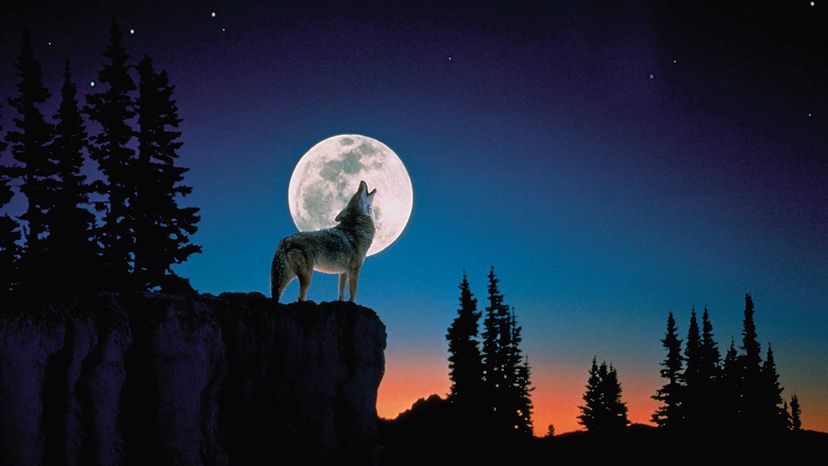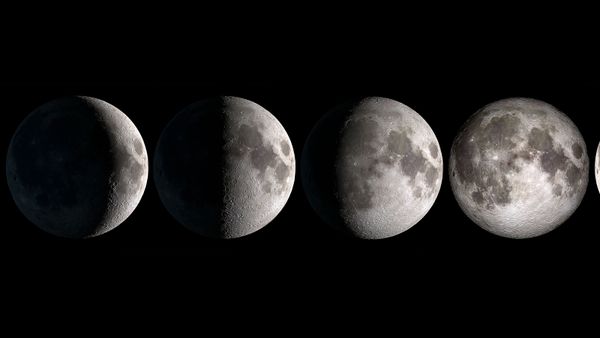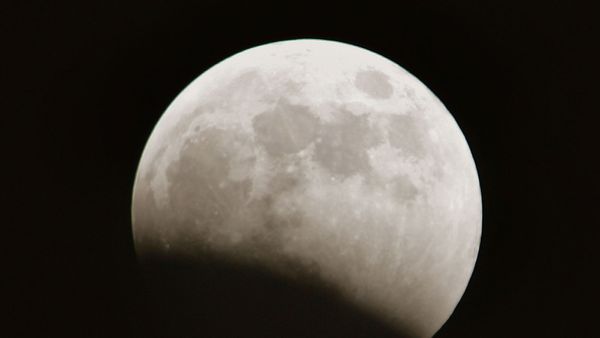
As the calendar turns over to a new year, there's always plenty to look forward to: hopeful attempts at resolutions, plans for the coming 12 months and a new calendar of astronomical events. For most people in the Northern Hemisphere, January marks the rough mid-point of the winter season and there's no more quintessential winter scene than a full moon rising above a snowy vista with the stars twinkling in the night sky.
The full moon in January is sometimes called the wolf moon and you might wonder why each full moon has a nickname and where those names come from. In this ongoing series, you can learn about moon nicknames like January's wolf moon. Here are three facts you may not know about it.
Advertisement


